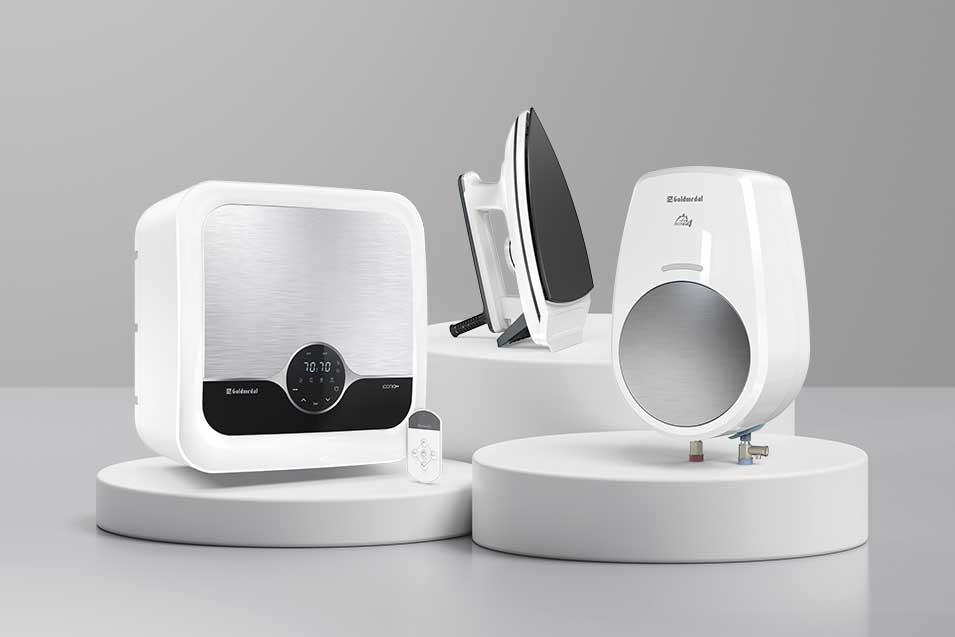
How does Thermal Cut-off Technology Work in devices
18th July 2025 | Written By: Utsavi Tank | Read Time: 3min | Last Updated: 18th July 2025
In today’s homes and offices, electrical safety is more crucial than ever. With a growing number of devices connected to power at all times, the risk of electrical overload, short circuits, or fire has increased. That’s where Thermal Cut-off (TCO) technology comes into play — a smart innovation that helps prevent accidents before they happen.
What is Thermal Cut-off Technology?
Thermal Cut-off Technology (TCO) is a built-in safety mechanism in electrical devices that automatically disconnects the power supply when the temperature increases over a limit. It acts like a thermal fuse, sensing abnormal heat build-up and stopping current flow to prevent overheating, potential fire, or damage to the circuit.
Unlike a standard fuse which responds to current overload, a TCO specifically reacts to temperature, making it highly effective in preventing heat-related hazards.
How It Works – Step by Step
-
Temperature Monitoring:
Inside the electrical devices equipped with TCO, there’s a temperature-sensitive component (often a bimetallic strip or pellet). This component constantly monitors the heat level.
-
Activation Point:
If the temperature rises beyond the preset safe limit (usually due to prolonged high current, loose wiring, or poor ventilation), the thermal sensor activates.
-
Disconnection:
Upon reaching this threshold, the TCO cuts off the electrical connection inside the device — breaking the circuit instantly. This helps avoid melting, short-circuiting, or fire.
-
Manual or Automatic Reset:
Depending on the device model, the TCO either resets itself after cooling down (self-resetting type) or requires a manual reset or replacement (non-resettable type).
Why It Matters
Electrical devices without thermal protection might continue to operate despite overheating, which can be dangerous. TCO technology acts as a first line of defence, ensuring that these devices don’t become fire hazards.
In India, where voltage fluctuations and heavy appliance use are common, thermal cut-off devices offer an added layer of safety for households and commercial spaces alike.
Benefits of Thermal Cut-off devices
Fire Prevention: Stops the device from reaching ignition temperatures.
- Protects Appliances: Prevents damage due to excessive heat.
- Increases Lifespan: Reduces wear on internal components.
- User Safety: Provides peace of mind with built-in protection.
- Energy Efficient: Reduces unnecessary power draw from malfunctioning components.
Where It’s Commonly Used
- High-wattage appliances like geysers, irons, and heaters
- Industrial control panels
Conclusion
Thermal Cut-off Technology might be a silent hero in your electrical system, but its role is powerful. As safety becomes a top priority in electrical fittings, TCO devices are quickly becoming the industry standard. They not only protect your appliances but, more importantly, protect your life and property.
So next time you’re upgrading your appliances, don’t just look for design — ask if they come with thermal cut-off protection. It’s a small feature that makes a big difference.

Frequently Asked Questions (FAQs) :
- Q1. What’s the difference between thermal cut-off and circuit breakers? A thermal cut-off is a one-time-use safety device that breaks a circuit when it detects excessive heat, preventing overheating or fire. A circuit breaker, on the other hand, is a resettable switch that trips during overcurrent or short circuits to protect electrical circuits.
- Q2. Do smart devices include thermal cut-off by default? Not all smart devices include thermal cut-off. Inclusion depends on the brand, model, and safety features. High-quality smart devices may integrate it for added protection, but always check specifications to confirm.
- Q3. How do I identify if a device has built-in thermal cut-off? Check the product’s datasheet, packaging, or official website for terms like “thermal protection,” “overheat protection,” or “thermal fuse.” Certifications (like ISI or CE) and safety icons may also indicate built-in thermal cut-off.




